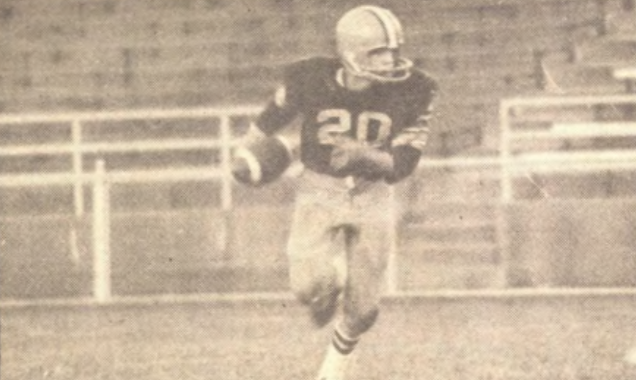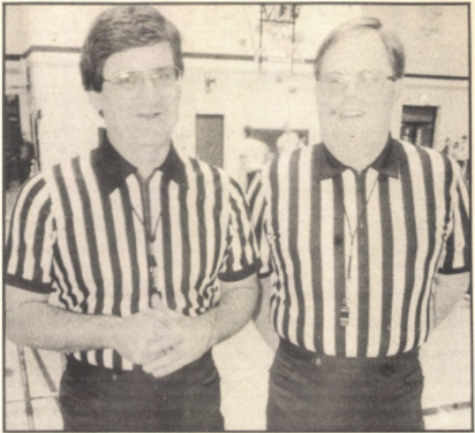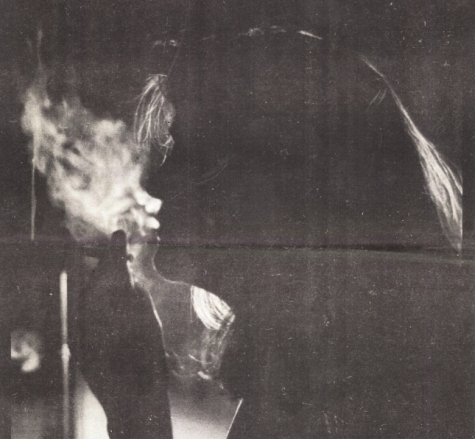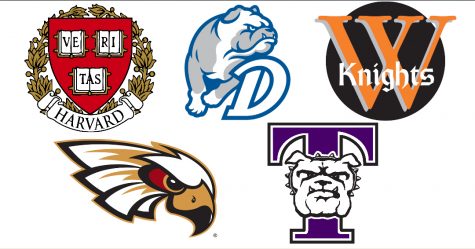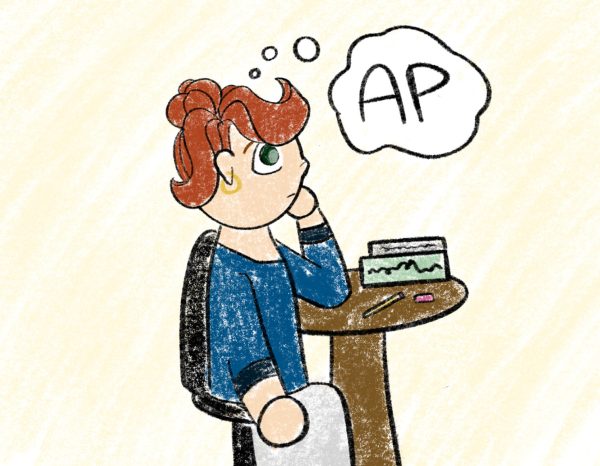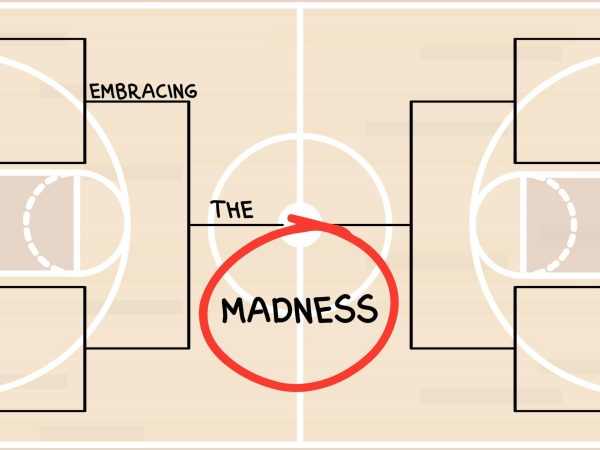Looking back: Sports ladder to success
This Throwback Thursday, WSS Intern Camille Gretter looks back on a 1975 article covering high school to college athletics.
Transitioning from high school to college is huge, and adding sports into the mixture creates a different perspective on the college experience.
“Sports ladder to success” by Mathis Petrak February 14, 1975
The Super Bowl, the World Series, Wimbledon, the Stanley Cup and all-star competition are the material childhood dreams are made of. To score the winning touchdown or hit the winning home run would satisfy the fantasy of most American children.
The fulfillment of these dreams begins with a long, hard climb to the top. Junior high is the first competitive rung on the ladder to success and quickly filters out many of the less talented. High school finds the going another step tougher. Dedication and stiffer competition separate the crop to even a smaller number.
Those that wish to continue must be exceptionally talented and be willing to dedicate themselves entirely to their sport. Natural ability is a necessity but without the desire most coaches agree that you are probably just wasting your time.
The star athlete takes a rare type of quality to succeed, but if he succeeds, he finds the rewards growing steadily. Big time sports have flare, color, and glamour.
The high school to college step weeds out all but the best. Scholarships are awarded to pave the way for prospective athletes, but in return the star is in reality selling his life to the coach. College sports find the players eating with each other, sleeping with each other on long road trips and spending all free time practicing with each other. Time is the main ingredient to success for it is the team that works the longest that will succeed the most.
The balance between academics and sports is heavily prioritized at West High, but once students reach college, the choice is theirs.
— Camille Gretter '23
Publicity is a major inspiring force in the climb to the top. As the climbing of each step gets tougher the rewards grow immensely. News and various medias cover college sports, and it is these columns that can make or break a star.
The next step is perhaps the hardest step of all, the college to professional step. To make this move, it will require not only a top grade athlete but a top grade person as well.
Whether it be a semi-pro class or some type of a farm club to season the athlete for big time competition, you are no longer an amateur at this level.
Paid for your work, the sport becomes your job or your profession as the name implies. Professional is the top rung on the ladder of sports. Pro has the color, flare and glamour to attract the crowds that provide your paycheck.
Of course, with all of the benefits of professionalism there are drawbacks, too. The whole idea of sport meaning fun and games at this point has been lost. Sport has been constitutionally declared a business dealing in the context of human property.
Looking back on the sports ladder to success
When you think about high school sports, most people think of Friday nights at the football field, or cheering the basketball team on at Wells Fargo Arena. Although to high school athletes, this is not what is on their mind.
Getting offers from colleges is a really big deal to athletes. The concept of “selling your life to your coach” is something to think about. College athletics require students to constantly be thinking about practice and games. While other college students spend their time away from classes to study or spend time with friends, athletes are at practice, doing at-home workouts, or at the gym lifting weights. The work wouldn’t stop.
To some, the glory and prestige gained from competing at the collegiate level is worth the sacrifice. The balance between academics and sports is heavily prioritized at West High, but once students reach college, the choice is theirs. Even though some coaches require a certain grade point average to stay on the team, more often than not the athletes are offered extra tutoring in order to keep their grades up.
The transition from high school athletics to college athletics is a big one. For many, the sacrifice is worth it.
Your donation will support the student journalists of West High School. Your contribution will allow us to purchase Scholarship Yearbooks, newsroom equipment and cover our annual website hosting costs.

(she/her) Camille Gretter is a senior at West High and this is her third year on staff. She is the Online Editor-in-Chief, and outside of West Side Story...


